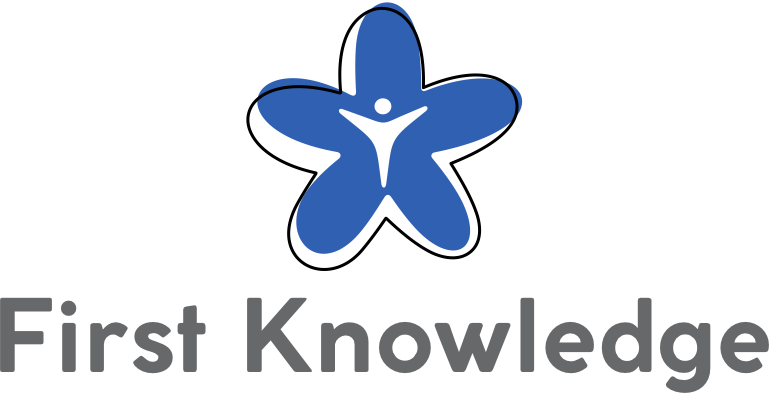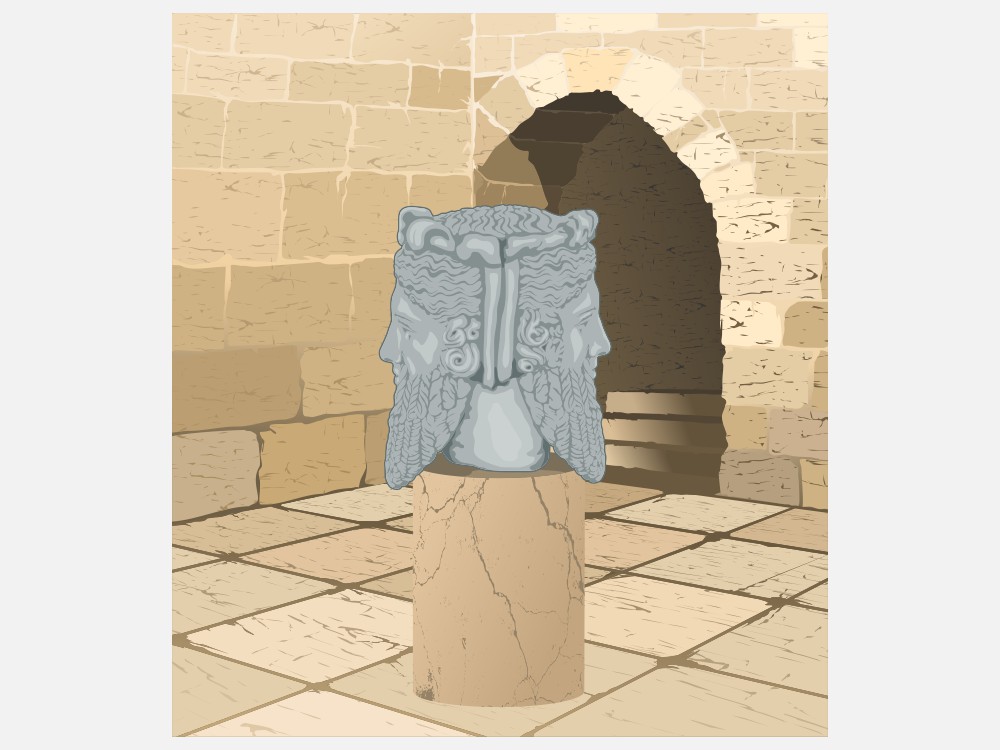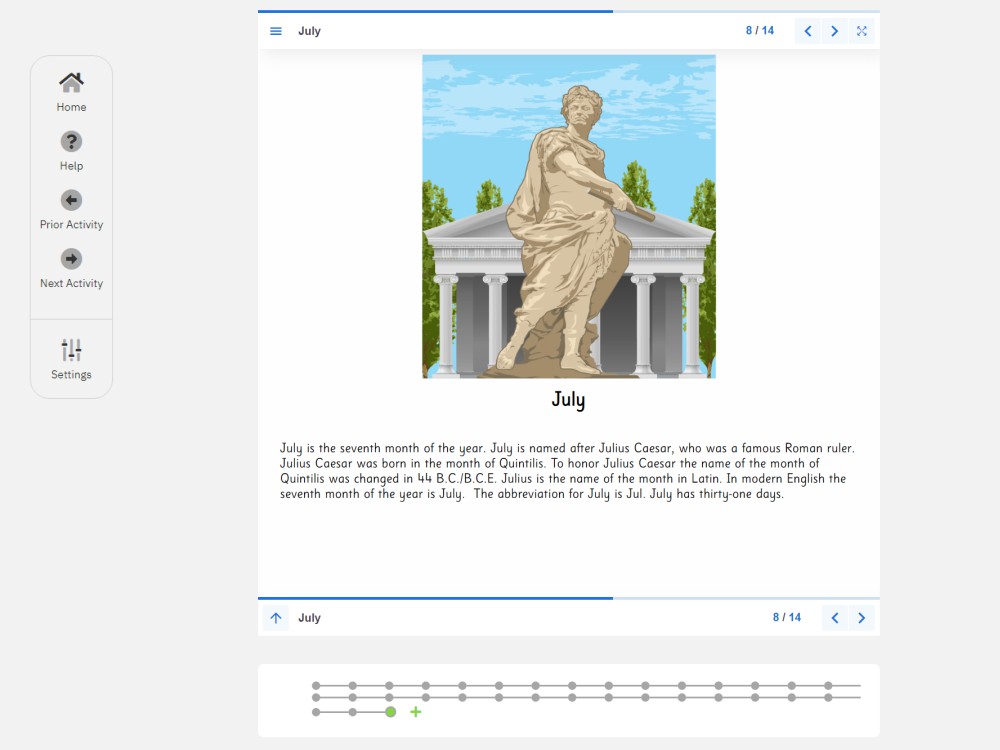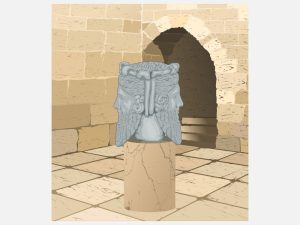Description
This material is part of the Montessori history curriculum for elementary level. The Sumerians devised a calendar 5,000 years ago. They divided the year into twelve lunar months with each month having thirty days. In 47 B.C., Julius Caesar expanded the calendar to 365 days in a year, with an extra day added in February every fourth year. Each month of the year is represented, in addition to the history of our calendar, the derivation of the name of each month, the number of days, and the abbreviation of the month. The material consists of 24 three-part cards, one booklet, and two wallcharts. The nomenclature cards contain a description, a label, and a picture card for matching purposes. The wallcharts represent all the parts together. The booklet serves as control for error for the nomenclature matching work.
Contents
Interactive Video Lessons
Digital Three-Part Cards
What’s this? (Speech Recognition Activities)
Digital Booklet
Digital Flashcard Quizzes
Parts represented:
Months of the year, January, February, March, April, May, June, July, August, September, October, November, December
Skills
-develops the notion of time through graphic illustration
-represents time graphically, month by month
Prior Knowledge Recommended
Personal timeline
Introduction to wall calendar and linear calendar
Days of the week
Recommended Age
6-12
Subjects
Months of the Year






